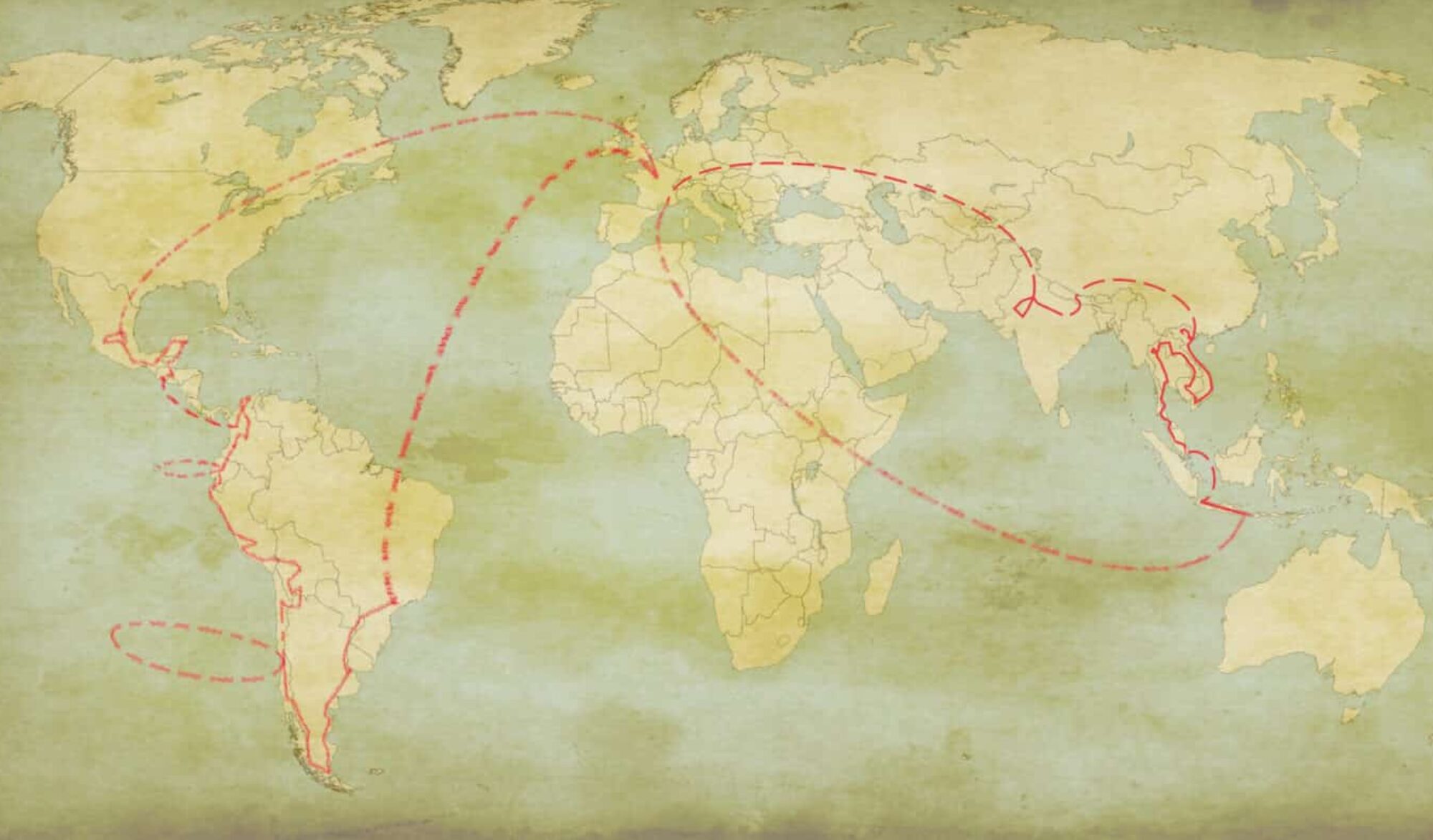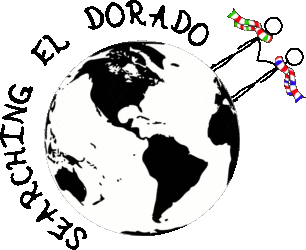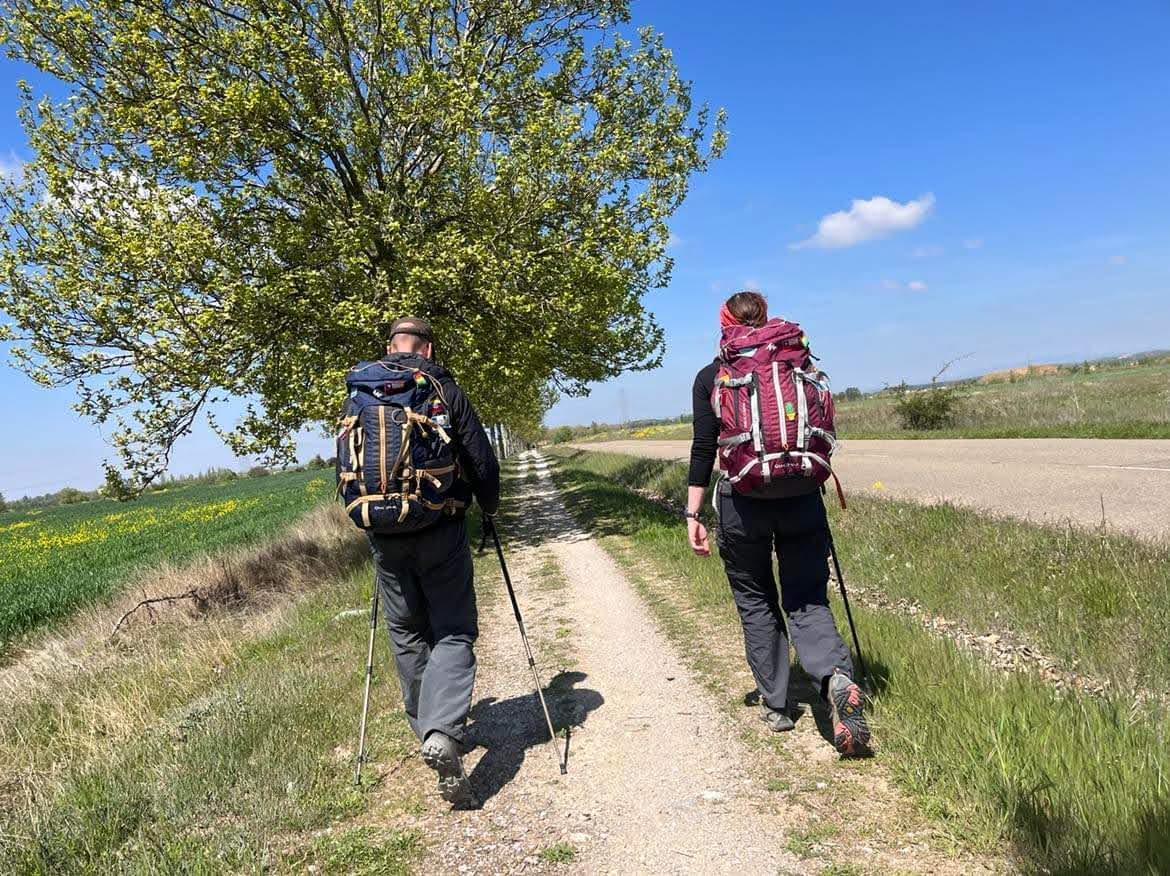While on Easter Island, we had the chance to meet other travelers that arrived there not from Chile, like us, but from French Polynesia. Before that, they had spent quite some time in south-east Asia, exploring several countries. Their stories planted the first seed of an idea that took five years to fully mature: to go for a long trip in Asia, similar to the eight-month one we did in Latin America. The trip will start this next October!
Preparing this kind of trip takes some time, as we described before leaving in 2019. Although, the experience we had with the first one helped a lot to speed things up. So here’s what changed, what remained the same, and what’s new for this trip around Asia!
The itinerary
Planning the itinerary was rather simple: we wanted to explore as many countries in the south-east of Asia as possible, but also do a long trek in the Himalayas, and explore at least a bit of India. These last two countries are not really on the way, but they need time to travel through them. And the normal working holidays are not always enough…
To plan a more detailed itinerary, we used again the planificateur. This website allows you to create your own trip or get inspired by others. It also gives you indications about the cost of living in each country and transportation times. During our 2019 trip, we saw that their cost estimation were pretty well-made: at least for how we are used to travel!
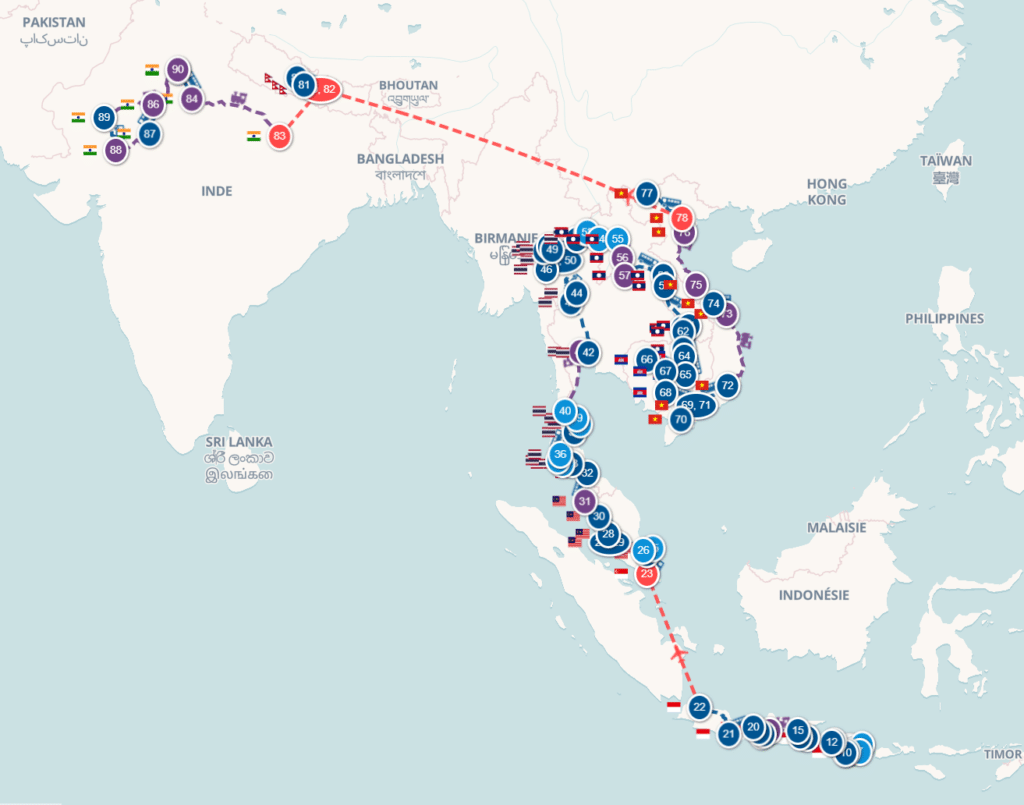
On the planificateur, you also have indications about the possible weather during your trip. That was the most difficult part to take into account for this trip. We had to consider monsoon season into many different countries. Plus as always, we wanted to use as little plane as possible. It was especially difficult to fit Nepal into the trip, where the good trekking season are limited throughout the year.
In the end we will start in October in Indonesia. We will then move north, taking a flight from Vietnam to Nepal, and finishing in India.
Visas and other documents
A big difference with Latin America are the visas. We never had to worry about asking for a visa before entering a country. The expiration dates weren’t a problem either. It all changed for this trip, though. We need to bring with us our photos, ask some visas in advance (luckily online), and we even had to add a flight to our itinerary!
Indeed, since COVID, you cannot enter India through land with a simple electronic visa. You need to obtain your visa through an embassy. But since it can take several weeks to get one, and we did not want to get stuck, we decided to add a flight between Kathmandu and Varanasi. This simple change allows us to apply for an online visa.
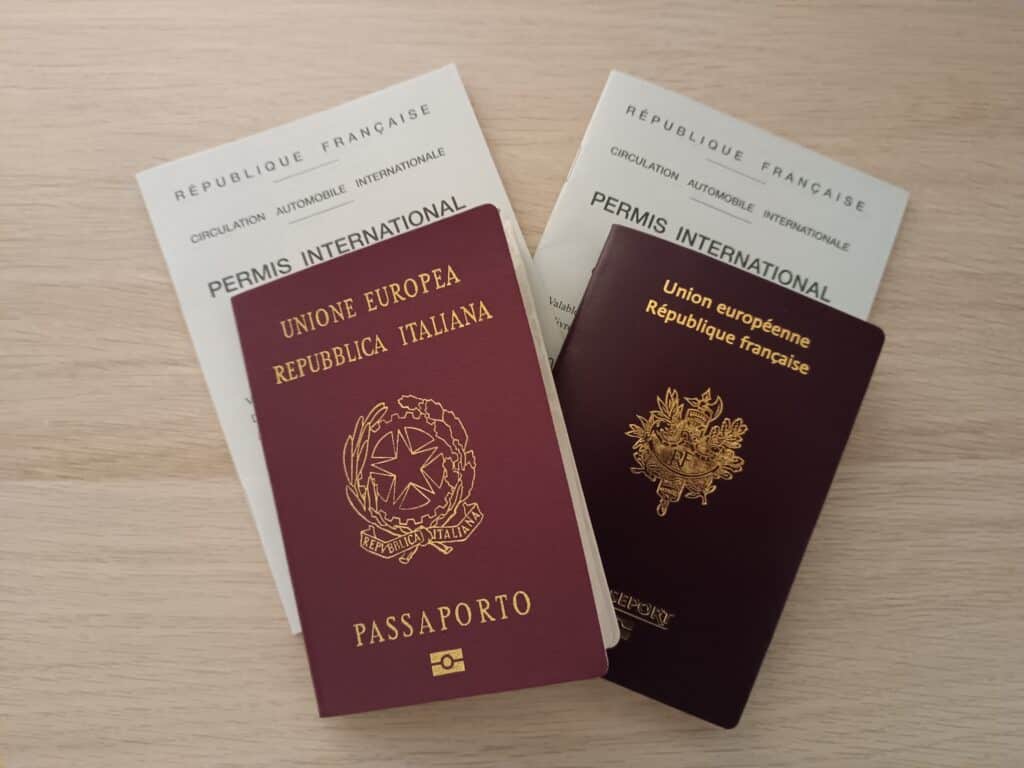
We will not enter more into details about visas, since the rules change a lot from one country to the other. We checked them only for France and Italian citizens, so if you are from one of these countries and want more information, you can always leave a comment below.
The general suggestion we have is: check carefully each separate country. Usually the website of the foreign ministry of your country has a list of all the updated rules and conditions. Alternatively, you can try to contact the local embassy / consulate of the place you want to visit.
If you plan to rent a vehicle, be sure to check also if your driving licence is valid in the country you are visiting. You might have to ask for an international version of your licence, which might take a lot to receive. In France you could wait up to 6 months!
Travel insurance
Travel insurance is a must-have for us. It might be expensive, but if anything happens, you will be more than glad to have one. We redid the same comparison as the first time, with very similar results.
Some cards like Mastercard Gold or Visa Premium offer a pretty good coverage, but only for three months. Be careful that some cards offer this kind of coverage only for trips which total duration is shorter than three months. The French card Ultim of BoursoBank is an example. So, if you are planning to use this kind of insurance, plus another one starting from the third month, you will be actually uncovered for the beginning of your trip. Read the fine prints!

In the end, we reached the same conclusion as in 2019. The best travel insurance for us, coverage and price-wise, is the Cap Aventure from Chapka. They also offer other insurances that cover several scenarios: short staying, working holidays, volunteering, etc… You can discover them all by clicking here.
It also helped our choice that they are quick to reply to all our questions. And, most of all, pretty much all the activities we have planned are covered. That includes using small motorbikes, scuba diving (up to 40 m), and trekking, even in the Himalayas up to 5000+ meters!
What to bring for a trip in Asia
The full list of things we are going to bring with us did not change much from the first trip. You can read all about it in the dedicated post here. We are still big fans of merino shirts, but we focused a bit more on the beach part of the trip, with one more anti-UV T-shirt to wear while snorkeling. To have quieter nights, we will also bring a mosquito net to cover our bed.
We decided to add a protection for the camera in order to be able to take underwater photos down to 30 and more meters. It’s so frustrating when the camera was shutting down at 15 m!
To make some space, we decided to exchange the sleeping bag, which we almost never used in Latin America, with a more simple sleeping bag liner. All the places we’ve been to had some blanket to spare in case we needed them. So unless you plan to go camping, a sleeping bag is not really a necessity. Sleeping bag liners, on the contrary, are a perfect way to sleep comfortably even when you are not entirely convinced about the cleanliness of a place, which sometimes happens when you are on a low budget kind of trip.
As for the trekking equipment we will need for Nepal: we don’t want to go around all south-east Asia in the heat with boots, sticks, down jacket etc… We decided that we are going to rent or buy what we need directly in Nepal. Maybe not the cheapest option, but surely the most comfortable one.
And the rest…
- Also this time we contacted several travel agencies to buy the plane tickets, but this time “Connaisseur du voyage” convinced us the most, Travel Nation was a really close second.
- We are still convinced user of the Revolut credit cards, but now coupled with our cards from BoursoBank and Fortuneo. These are French online banks, that offers payment free of charge, even when in foreign countries. Check if in your country some of these kind of banks exist! And remember that it is always better to bring with you several cards. Sometimes the card is refused, blocked or you could lose it. Even better if they are of different circuits (Visa, Mastercard, American Express…)
- Vaccinations: we had to do some booster for hepatitis A and typhoid fever, plus brand-new vaccinations against rabies and Japanese encephalitis. After the dog-bite scare of the first trip, we didn’t want to save money on vaccines.
To not miss any of our adventure, subscribe to our newsletter!
